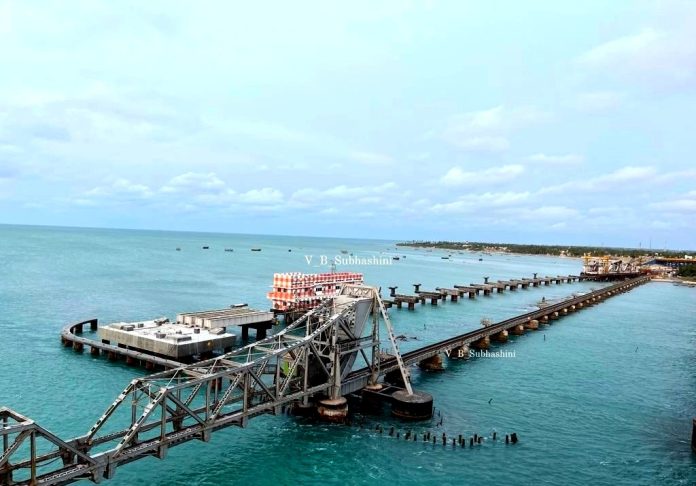In the picturesque coastal region of Tamil Nadu, India, a project of immense significance is currently underway- the new Pamban railway bridge.
India’s First Vertical-Lift Railway Sea Bridge, a modern engineering marvel, promises to redefine connectivity and maritime navigation in the area.
The sea bridge is being executed by Rail Vikas Nigam Limited (RVNL) at a cost of Rs 535 crore.
The new bridge will be around 2.2 km long and will connect Mandapam town in mainland India to Pamban Island and Rameswaram. It will replace the existing century-old iconic structure built during British rule.
Railway authorities are striving to conclude construction by November.
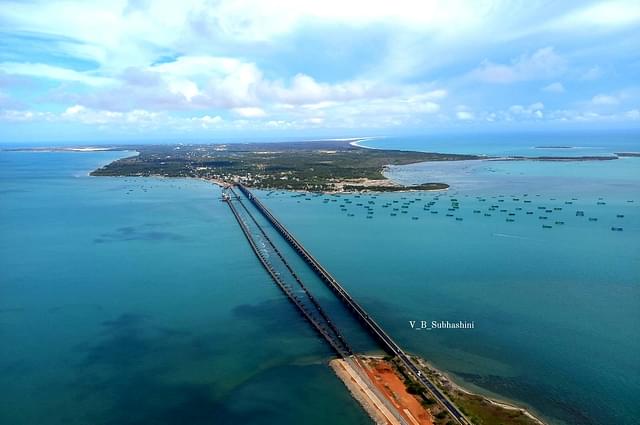
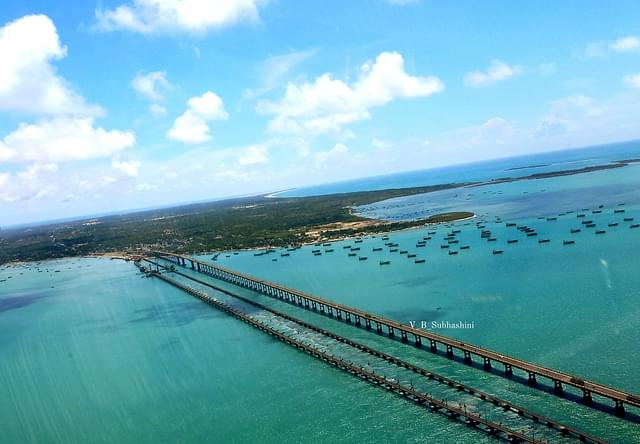
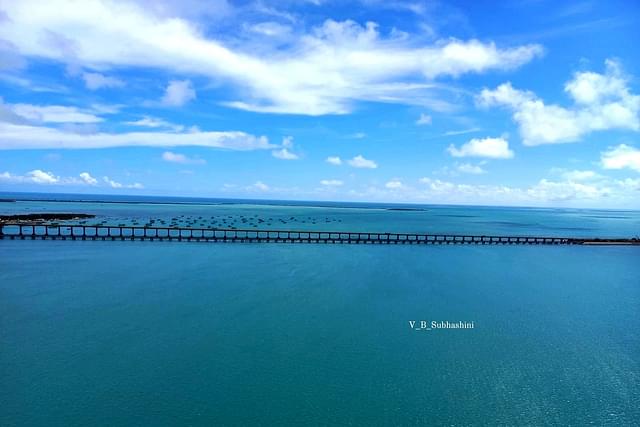
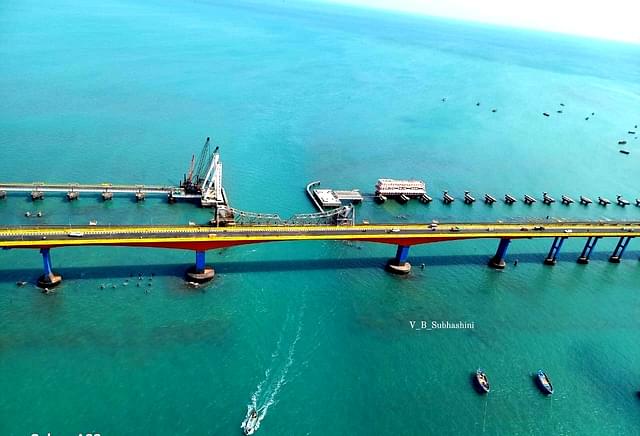
India’s First Vertical-Lift Railway Sea Bridge – Key Features
The vertical-lift bridge will be 3 metres higher than the existing bridge, with a navigational air clearance of 22 metres above sea level. It will be operated using an electro-mechanical control system interlocked with train control systems.
The new bridge will also feature several other innovative technologies, such as composite sleepers, stainless steel reinforcing, and long-lasting paintwork.
The Pamban railway sea bridge consists of 99 horizontal spans, each measuring 18.3 metres in length, along with a single span of 72.5 metres.
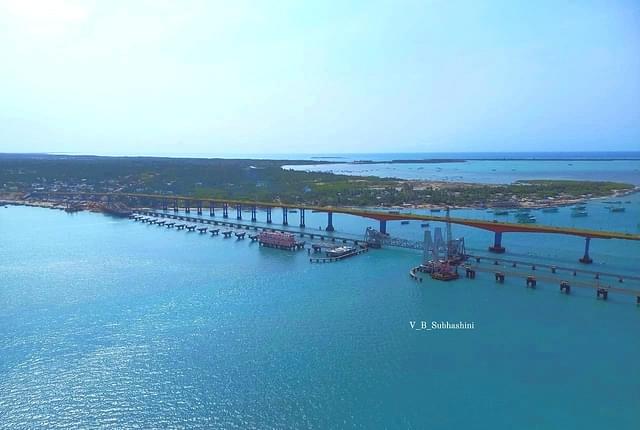
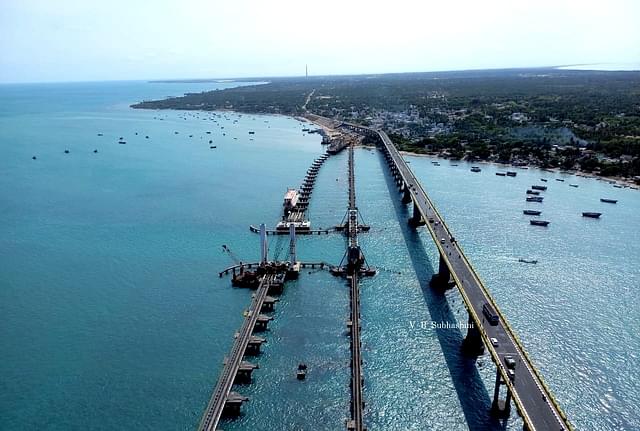
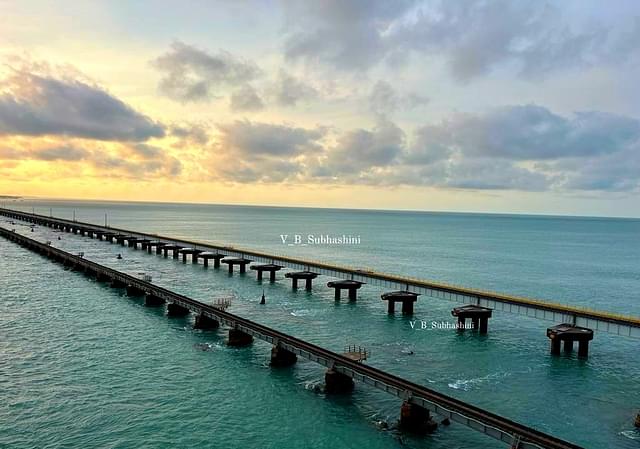
Vertical Lift Mechanism: The highlight of this project is the vertical lift mechanism. This mechanism will allow the central section of the bridge to be raised to a near-vertical position, creating an opening for ships to pass through. The bridge is 12.5 metres above sea level. Two ships will cross this bridge simultaneously, thanks to its planned automobile construction.
Enhanced Safety: The modernisation of the bridge will include improved safety features, such as advanced signalling and control systems, to prevent accidents and ensure smooth operation.
Reduced Disruption: The vertical lift feature will significantly reduce the downtime for train and road traffic when ships need to pass underneath. This will have a positive impact on the efficiency and reliability of transportation in the region.
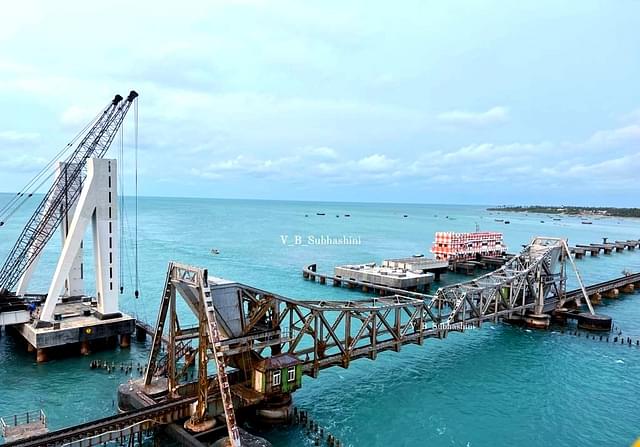
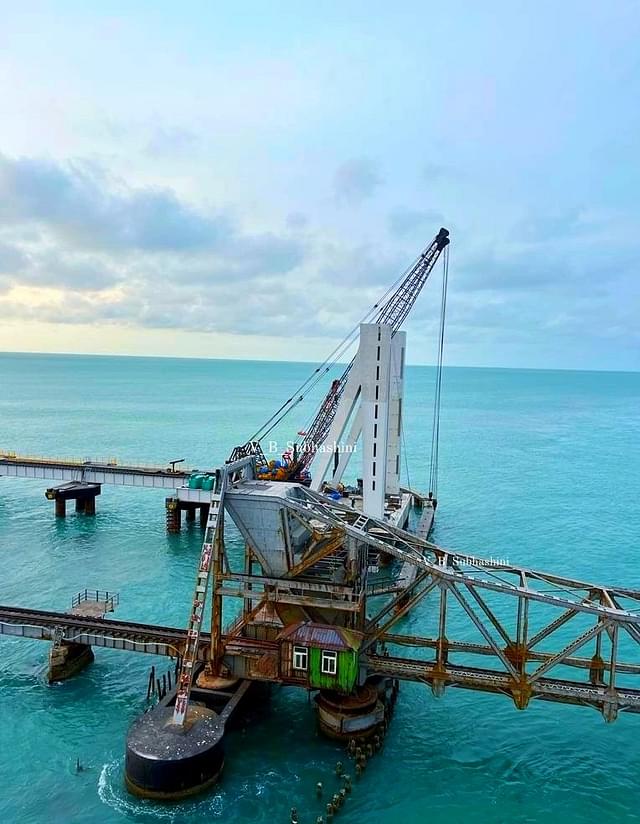
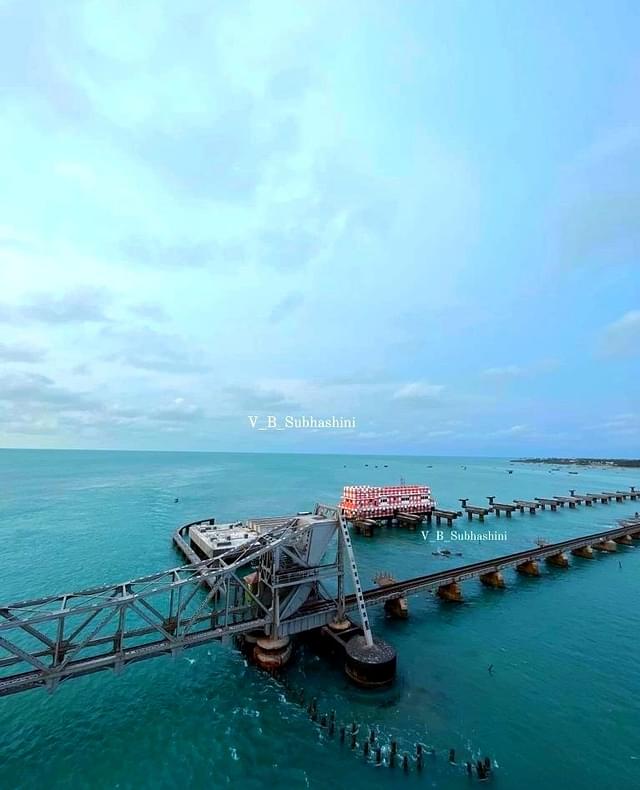
Significance of Project
Historical and Cultural Symbolism: This railway bridge holds great significance as it connects the mainland to Rameswaram, a historic South Indian town and one of the four Char Dham pilgrimage sites, along with Badrinath in the north, Dwarka in the west, and Puri in the east.
Among the many religious sites that grace Rameswaram, the Ramanathaswamy Temple stands as a place of exceptional reverence. This ancient temple is not only a testament to architectural splendour but also holds a significant place in Hindu mythology.
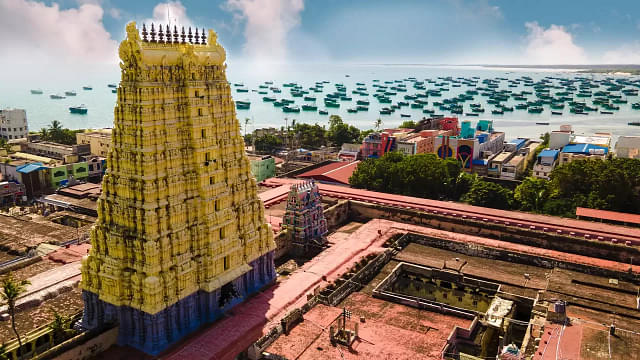
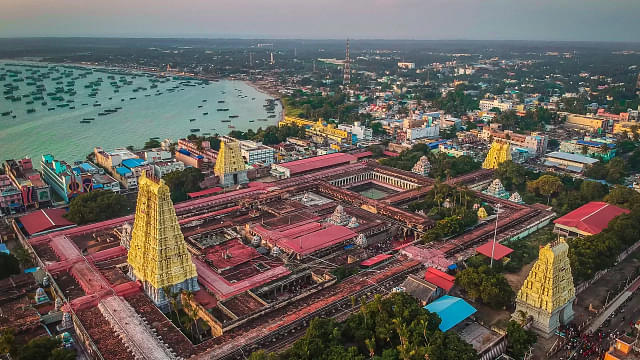
The legend behind the temple is associated with Lord Rama from the Indian epic Ramayana. It is believed that Lord Rama, after defeating the demon king Ravana, wanted to worship Lord Shiva as part of atonement. He asks Hanuman to bring him a Linga from Kashi. When Hanuman delayed his return, Goddess Sita made a Shivalinga using sand so that Rama could offer his prayers. It is believed that the self-same Shiva Linga, known as Ramalingam, is now worshipped at the Ramanathaswamy temple.
Boost to Tourism: Rameswaram attracts a substantial number of tourists and pilgrims each year, drawn by its historical and religious importance. The southernmost tip of the Rameswaram island is called Dhanushkodi, which is of touristic importance.
Annually, around two crores of tourists visit the island.
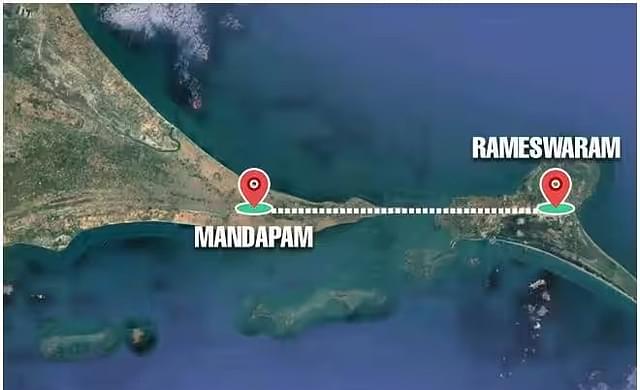
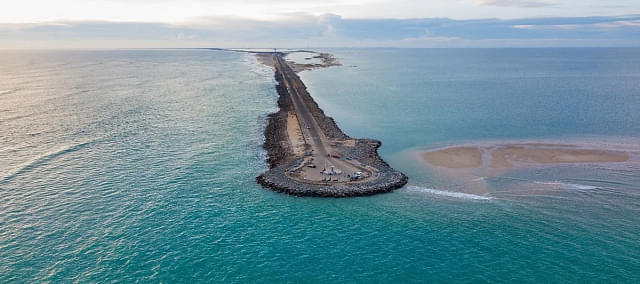
Ecotourism: The Gulf of Mannar, the first Marine Biosphere Reserve in South and South East Asia.
The Gulf of Mannar is endowed with a rich variety of marine flora and fauna as it includes ecosystems like coral reefs, rocky shores, sandy beaches, mud flats, estuaries, mangrove forests, seaweed stretches and seagrass beds.
The region attracts thousands of tourists to community-based ecotourism sites near to explore marine biodiversity.
One of the most appealing features of the Gulf of Mannar is its pristine, untouched beaches.
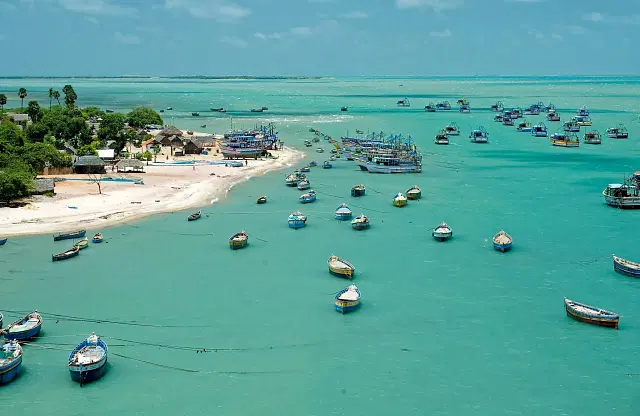
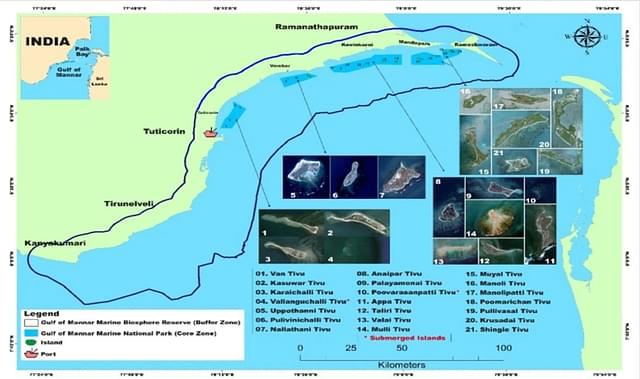
The Gulf of Mannar has immense tourism potential waiting to be tapped. With the opening of the new bridge, it will boost the tourism in the region.
Economic Benefits: The increased efficiency in transportation, facilitated by the new bridge, is poised to stimulate economic growth in the region. The bridge will allow trains to travel faster and carry more weight, leading to greater trade and commerce between Rameswaram and the mainland.
There is a rapid increase in population and a huge unsustainable pressure on resources. There are 225 fishing communities with roughly two lakh residents. About 70 per cent of the population only earns money from fishing.
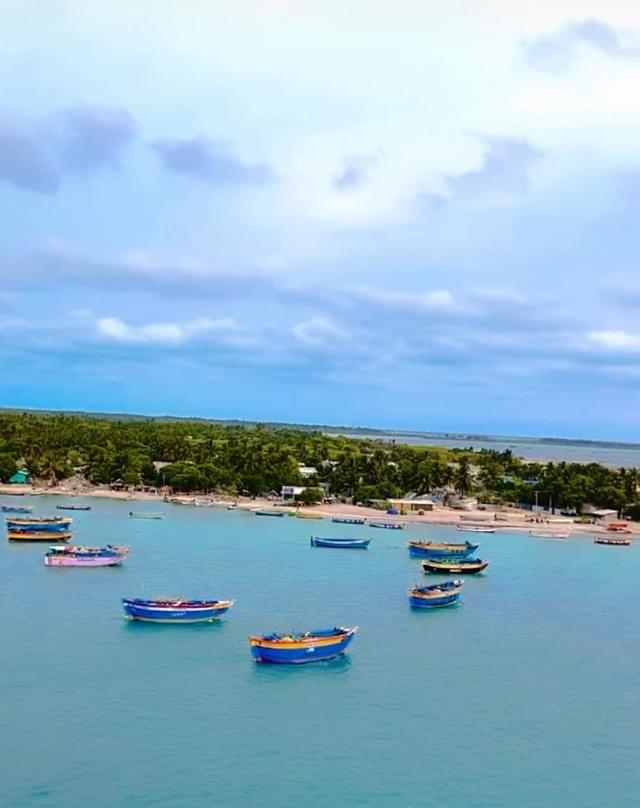
Engineering Achievement: The bridge’s innovative vertical-lift mechanism and advanced technologies are a testament to India’s engineering prowess. It showcases the country’s ability to undertake complex infrastructure projects, making it a source of pride and inspiration for future endeavours.
Challenges For Construction
The construction of this critical infrastructure project commenced in 2019 but has encountered several setbacks. it also faces several challenges.
Engineering Complexity: The project involves retrofitting an existing bridge with a vertical lift mechanism, which is a complex engineering task. Ensuring that the new system functions seamlessly and safely is a primary concern.
Environmental Impact: The construction and modernization efforts must consider the environmental impact on the Palk Strait and the surrounding ecosystem.
Cost and Funding: The project requires significant financial resources, and securing the necessary funding is crucial for its successful completion.
Minimal Disruption: The modernisation efforts must minimize disruptions to the existing transportation systems, including road and rail traffic.
Old Pamban railway bridge
The efforts for the construction of the Pamban rail bridge began as early as in the 1870s when the British government decided to expand trade connectivity to Sri Lanka.
Stretching to about 2.2 km, and with 143 piers, it was officially commissioned in 1914.
The Pamban Bridge served as the sole connection between Rameswaram and the mainland until 1988 when a parallel road bridge was constructed. In earlier times, it facilitated the daily transportation of hundreds of pilgrims to the island’s sacred temple.
As chronicled in the book ‘Marvels of the South Indian Railway,’ published by the Railway Heritage Centre Southern Railway in Tiruchy, the Pamban Bridge’s original design credits go to the Scherzer Rolling Lift Bridge Company of Chicago, with construction executed by the UK firm Head Wrightson & Co Ltd.
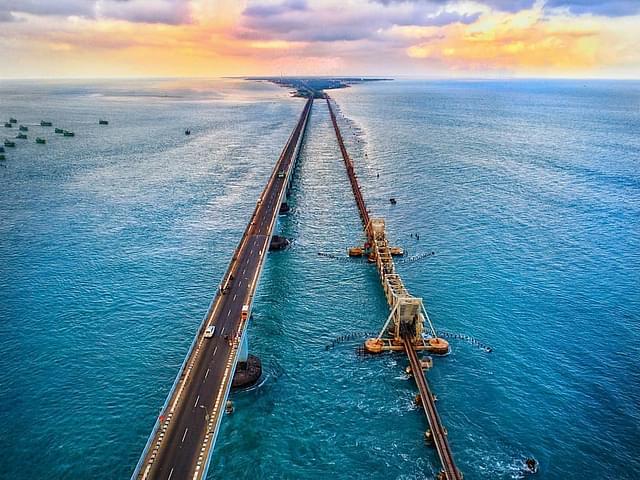
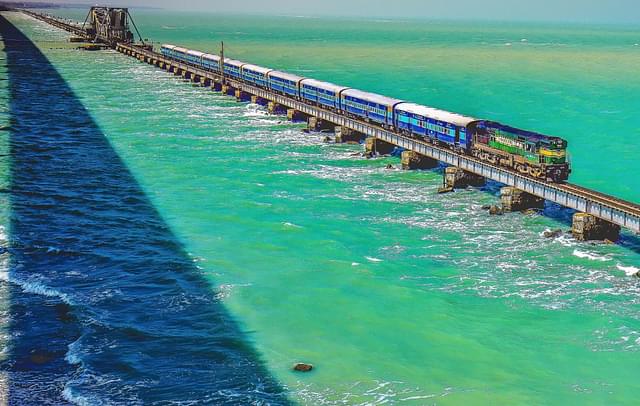
It was erected in the world’s second-most corrosive setting, surpassed only by the corrosiveness of Florida. Furthermore, the region is notorious for its vulnerability to cyclones.
However, the need for an upgrade became evident as the bridge’s age posed challenges in accommodating the increasing maritime traffic, and the disruption it caused to road and rail traffic during bridge lifts.
In December of the previous year, all train services on the Pamban Bridge route were halted due to a monitoring device’s findings, placed by experts from IIT-Madras.
The device identified excessive vibrations on the bridge, raising serious safety concerns.
In response, railway authorities made the decisive move to suspend all services and announced their intentions to commence the construction of a new bridge promptly.
Conclusion:
The construction of India’s first vertical-lift railway sea bridge is not just an engineering project; it’s a symbol of progress, connectivity, and the preservation of India’s heritage.
It holds the promise of transforming the region’s transportation landscape, fostering economic growth, and further solidifying Rameswaram’s cultural and religious significance.
This bridge exemplifies the dynamic synergy of tradition and innovation, a hallmark of India’s growth story.


